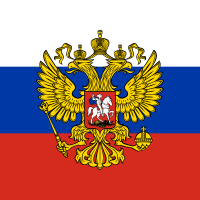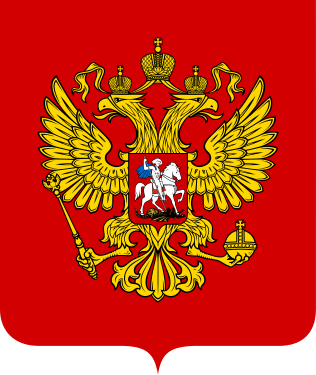Russian Federal State Statistics Service
The Russian Federal State Statistics Service (Russian: Федеральная служба государственной статистики, Federal'naya sluzhba gosudarstvennoi statistiki), also known as Rosstat, is the governmental statistics agency in Russia.
| Федеральная служба государственной статистики | |
 Agency seal | |
 Headquarters of the agency in Tsentrosoyuz building | |
| Agency overview | |
|---|---|
| Formed | 9 March 2004 |
| Jurisdiction | Government of Russia |
| Headquarters | Tsentrosoyuz building, Myasnitskaya Street 39, Moscow |
| Employees | 23,000 |
| Minister responsible |
|
| Website | www |
Since 2017, it is again part of the Ministry of Economic Development, having switched several times in the previous decades between that ministry and being directly controlled by the federal government.
History
Goskomstat (Russian: Государственный комитет по статистике, Gosudarstvennyi komitet po statistike, or, in English, the State Committee for Statistics) was the centralised agency dealing with statistics in the Soviet Union. Goskomstat was created in 1987 to replace the Central Statistical Administration, while maintaining the same basic functions in the collection, analysis, publication and distribution of state statistics, including economic, social and population statistics. This renaming amounted to a formal demotion of the status of the agency.
In addition to overseeing the collection and evaluation of state statistics, Goskomstat (and its predecessors) was responsible for planning and carrying out the population and housing censuses. It carried out seven such censuses, in 1926, 1937, 1939, 1959, 1970, 1979 and 1989.
House No. 39, on Ulitsa Myasnitskaya, Tsentrosoyuz building, home to Goskomstat, was designed by the Swiss-born architect Le Corbusier.

